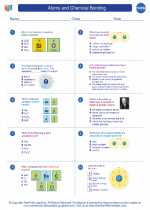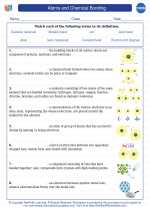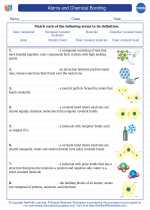Peripheral Nervous System
The peripheral nervous system (PNS) is a complex network of nerves and ganglia that lies outside the central nervous system (CNS), which includes the brain and spinal cord. The PNS serves as a communication relay between the CNS and the rest of the body, allowing for the transmission of sensory information from the body to the brain and motor commands from the brain to the muscles and glands. It is divided into two main components: the somatic nervous system and the autonomic nervous system.
Somatic Nervous System
The somatic nervous system is responsible for voluntary control of body movements and processing of sensory information. It consists of sensory neurons that carry information from the body's sensory receptors to the CNS, and motor neurons that transmit signals from the CNS to the skeletal muscles, enabling voluntary movement. This system also includes the reflex arcs, which allow for quick, involuntary responses to sensory stimuli.
Autonomic Nervous System
The autonomic nervous system regulates involuntary bodily functions such as heart rate, digestion, respiratory rate, and glandular secretion. It is further divided into two branches: the sympathetic nervous system and the parasympathetic nervous system. The sympathetic nervous system is responsible for the "fight or flight" response, triggering physiological changes to prepare the body for action in response to stress or danger. On the other hand, the parasympathetic nervous system promotes "rest and digest" activities, maintaining the body's homeostasis and conserving energy.
Functions of the Peripheral Nervous System
The PNS plays a crucial role in various bodily functions, including:
- Transmitting sensory information from the skin, muscles, and organs to the CNS
- Controlling voluntary movements
- Regulating involuntary physiological processes such as heart rate, digestion, and respiration
- Maintaining homeostasis by responding to internal and external stimuli
Study Guide
To study the peripheral nervous system effectively, consider the following key points:
- Understand the structure and function of the somatic nervous system and its role in voluntary movement and sensory processing.
- Differentiate between the sympathetic and parasympathetic branches of the autonomic nervous system and their respective effects on bodily functions.
- Explore the concept of reflex arcs and their significance in rapid, involuntary responses to sensory stimuli.
- Learn about the various sensory receptors in the PNS and how they transmit sensory information to the CNS.
- Study the role of the PNS in maintaining homeostasis and responding to internal and external stimuli.
By mastering these concepts, you will develop a comprehensive understanding of the peripheral nervous system and its essential role in facilitating communication between the brain and the rest of the body.
[Peripheral Nervous System] Related Worksheets and Study Guides:
.◂Chemistry Worksheets and Study Guides High School. Atoms and Chemical Bonding

 Worksheet/Answer key
Worksheet/Answer key
 Worksheet/Answer key
Worksheet/Answer key
 Vocabulary/Answer key
Vocabulary/Answer key
 Vocabulary/Answer key
Vocabulary/Answer key
